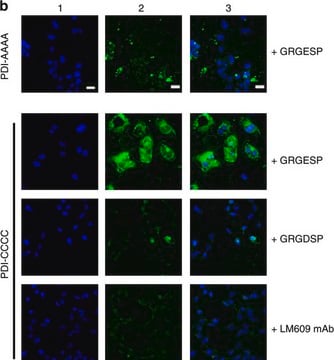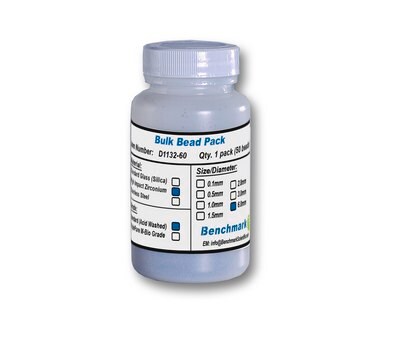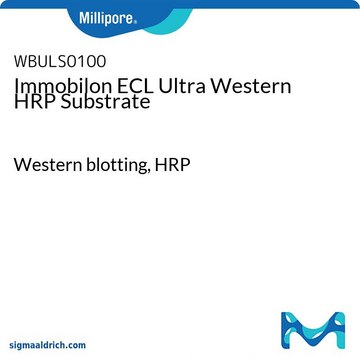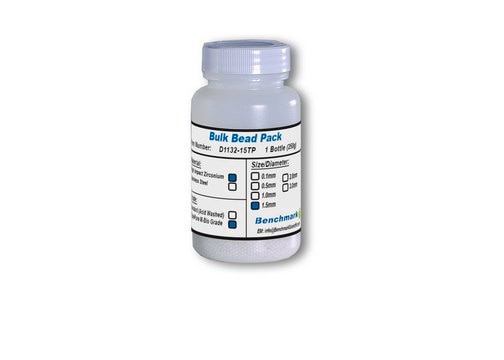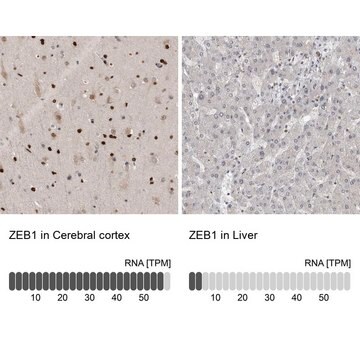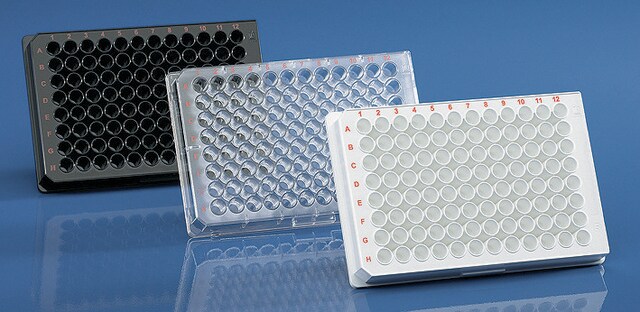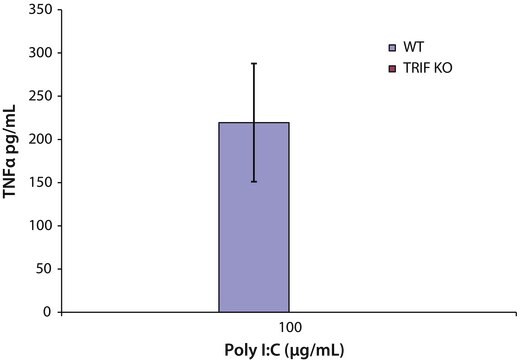MAB2057
Przeciwciało anty-Integryna α3, klon ASC-6
clone ASC-6, Chemicon®, from mouse
Synonim(y):
CD49c
About This Item
Polecane produkty
pochodzenie biologiczne
mouse
Poziom jakości
forma przeciwciała
purified antibody
rodzaj przeciwciała
primary antibodies
klon
ASC-6, monoclonal
reaktywność gatunkowa
human
producent / nazwa handlowa
Chemicon®
metody
flow cytometry: suitable
immunohistochemistry: suitable
immunoprecipitation (IP): suitable
izotyp
IgG1κ
numer dostępu NCBI
numer dostępu UniProt
Warunki transportu
wet ice
docelowa modyfikacja potranslacyjna
unmodified
informacje o genach
human ... ITGA3(3675)
Specyficzność
Immunogen
Zastosowanie
Immunohistochemia: na utrwalonych acetonem zamrożonych ludzkich tkankach nabłonkowych, w tym na języku, napletku i jajniku. Nie stosować na tkankach utrwalonych w formalinie.
Cytometria przepływowa: barwi ludzkiego raka płaskonabłonkowego (SCC9), raka jajnika (SKOV-3) i komórki śródbłonka żyły pępowinowej (HUVEC).
Rozcieńczenia robocze muszą być określone przez użytkownika końcowego.
Cell Structure
Integrins
Postać fizyczna
Przechowywanie i stabilność
Inne uwagi
Informacje prawne
Oświadczenie o zrzeczeniu się odpowiedzialności
Nie możesz znaleźć właściwego produktu?
Wypróbuj nasz Narzędzie selektora produktów.
Kod klasy składowania
10 - Combustible liquids
Klasa zagrożenia wodnego (WGK)
WGK 2
Temperatura zapłonu (°F)
Not applicable
Temperatura zapłonu (°C)
Not applicable
Certyfikaty analizy (CoA)
Poszukaj Certyfikaty analizy (CoA), wpisując numer partii/serii produktów. Numery serii i partii można znaleźć na etykiecie produktu po słowach „seria” lub „partia”.
Masz już ten produkt?
Dokumenty związane z niedawno zakupionymi produktami zostały zamieszczone w Bibliotece dokumentów.
Nasz zespół naukowców ma doświadczenie we wszystkich obszarach badań, w tym w naukach przyrodniczych, materiałoznawstwie, syntezie chemicznej, chromatografii, analityce i wielu innych dziedzinach.
Skontaktuj się z zespołem ds. pomocy technicznej